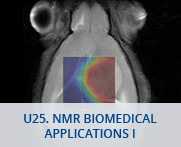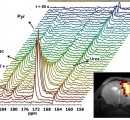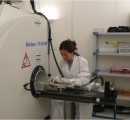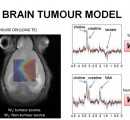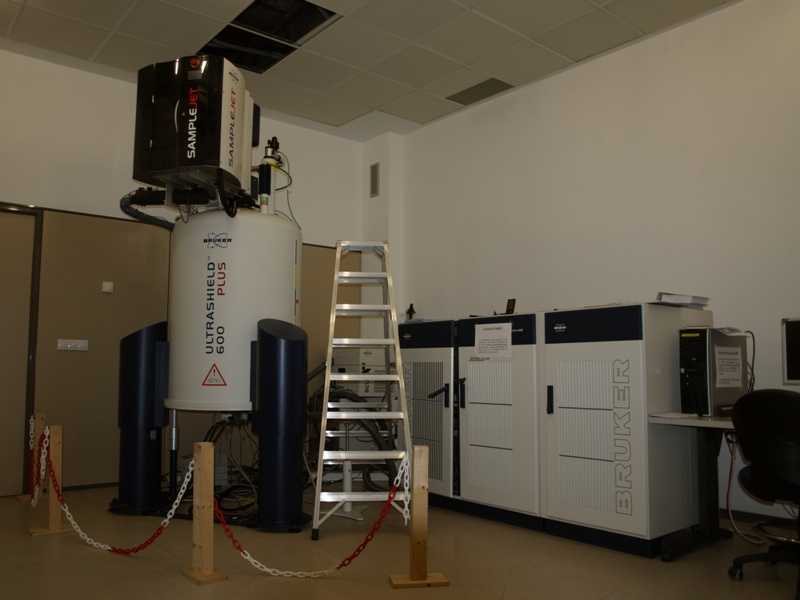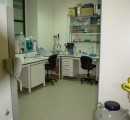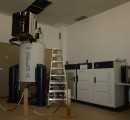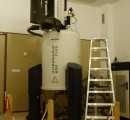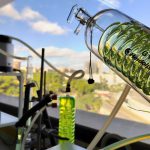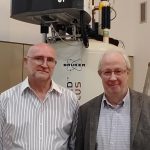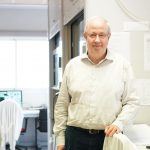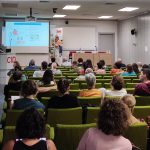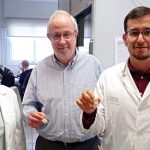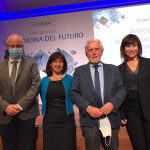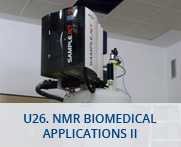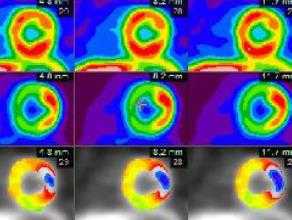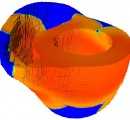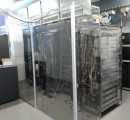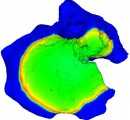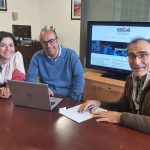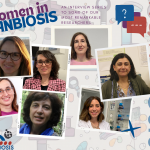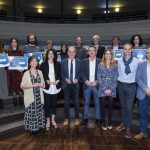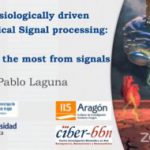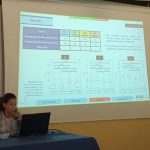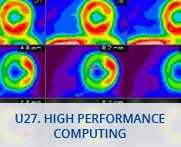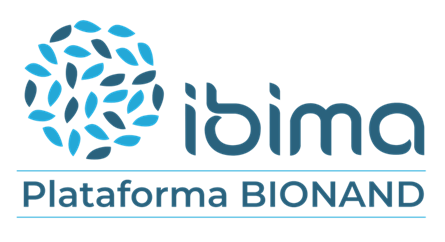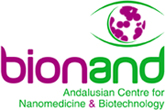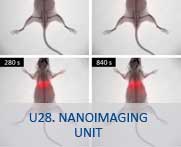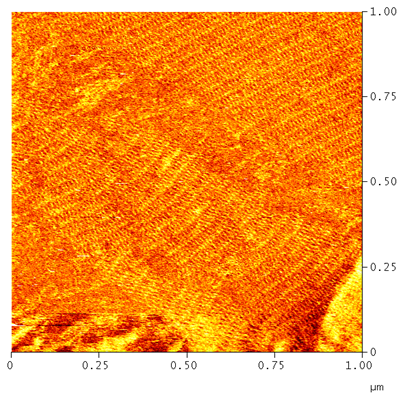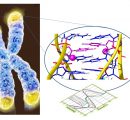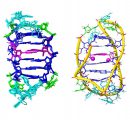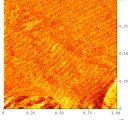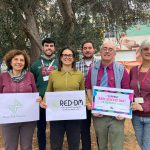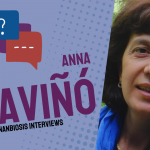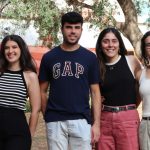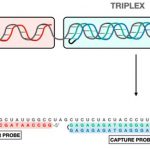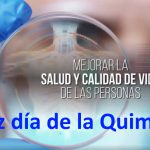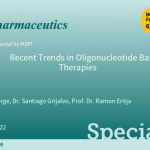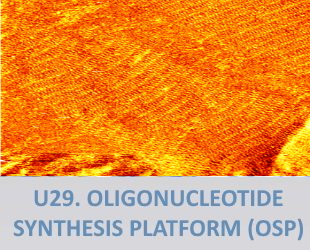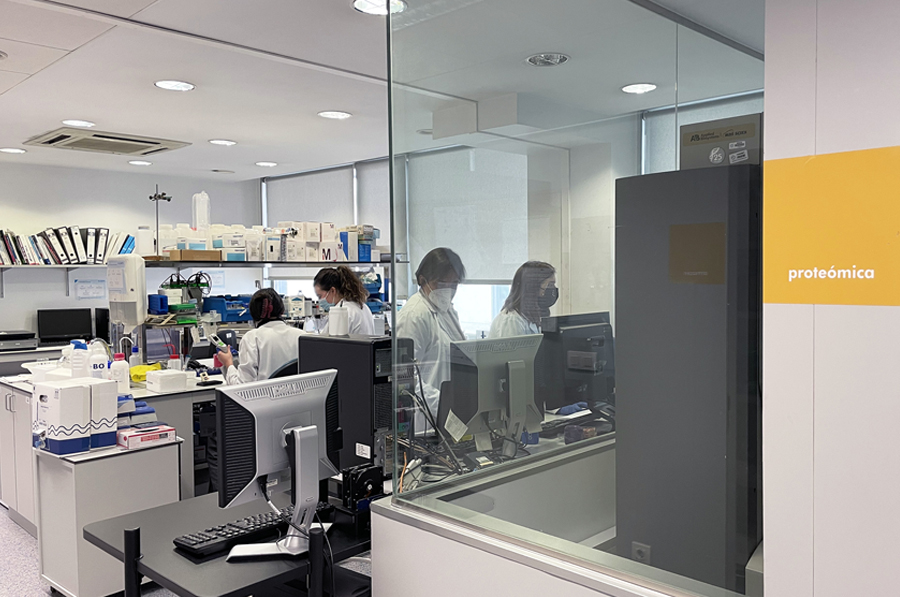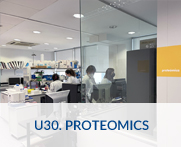U25. NMR: Biomedical Applications I
The platform is divided between the Servei de Ressonància Magnètica Nuclear (Nuclear Magnetic Resonance Facility) (SeRMN) and the Institut de Biotecnologia i Biomedicina (IBB) for bioinformatics applications of the UAB. This platform is coordinated by Prof. Carles Arús, PI of the Nuclear Magnetic Resonance Biomedical Applications Group (GABRMN), with a recognized research track record in the use of NMR as a tool for biomedical applications, and more especifically to identify biomarkers of different pathologies. The main objective of the Platform of Biomedical Applications of Nuclear Magnetic Resonance at the Universitat Autònoma de Barcelona (UAB) is the acquisition, processing and/or interpretation of Nuclear Magnetic Resonance data. The platform is equipped with 10 spectrometers operating at magnetic fields between 5.8 and 14.1 Teslas (T), including a MRI scanner, Bruker BioSpec, equipped with a 7T horizontal magnet for preclinical trials. The unit also hosts a computational platform at the IBB, with a total storage capacity of 12TB, which is accessible through the UAB network. The computational platform also hosts two multicentre databases (INTERPRET and eTUMOUR), with NMR and clinical data for more than 1000 human brain tumour patients. The uniqueness in this case lies in access, in the same location, equipment for NMR studies in vivo, ex vivo and in vitro, molecular imaging accessories by using polarization as well as fixed metabolomic patterns. This configuration allows to validate results of molecular imaging in vivo with other in vitro facilities. FOR THOSE SERVICES IDENTIFIED AS OUTSTANDING, AT LEAST 20% OF THEIR CAPACITY IS OPEN UNDER COMPETITIVE ACCESS. SEE ANNEX 1 OF ACCESS PROTOCOL FOR DETAILS ON % OF OPENNESS FOR EACH SERVICE
In addition to the indicated equipment, it has:
19 Dec Prof. Ana Paula Candiota and Prof. Silvia Lope-Piedrafita lead NANBIOSIS Unit 25, advancing MRI research and glioblastoma imaging with innovative contrast agents. Barcelona, December 2024. We are proud to announce that Prof. Ana Paula Candiota has been appointed Scientific Director and Prof. Silvia Lope-Piedrafita has taken on the role of Scientific Coordinator of Unit 25 of our ICTS. This pivotal Unit specializes in NMR and MRI biomedical applications and is jointly managed by the Universitat Autònoma de Barcelona (UAB) and CIBER-BBN. Unit 25 has a longstanding reputation for excellence in magnetic resonance imaging (MRI) research, and the recent publication titled[...] 25 Sep On World Pharmacists’ Day, NANBIOSIS Units highlighted for breakthroughs in pulmonary drug delivery and cancer research, advancing treatments for respiratory diseases and brain cancer. Barcelona and Zaragoza, September 2024. On World Pharmacists Day, we celebrate the vital contributions pharmacists make, not only in patient care but also in groundbreaking research that is shaping the future of healthcare. This year 2024, we want to give this significant date a little twist: by showcasing a few examples of how our Units are contributing to healthcare and new pharmaceutical approaches. Two key NANBIOSIS units —Unit 9 and Unit 25— are at the forefront[...] 08 May Do not miss the chance to join our hands-on XV Workshop of Theoretical-Practical Training in MRS / MRI, with specific application in laboratory animals Our excellent teacher Dr. Silvia Lope will be at the helm in this practical workshop. And it provides all the required skills users need to operate our fantastic Biospec, available as a service in our Unit 25. The registration period for the “XV Workshop of Theoretical-Practical Training in Spectroscopy and Magnetic Resonance Imaging (MRS / MRI): Application in Laboratory Animals” is still open until May the 17th, 2024. This workshop is organized by the Department of[...] 20 Mar Doctor Marc Martínez from the Nanomol-Bio group – NANBIOSIS U6 from CIBER-BBN at ICMAB-CSIC, defended his PhD thesis “Nanoparticles to modulate topography and ligand distribution at the nanoscale: impact on cell behavior” on 9 March 2023 at ICMAB. he PhD thesis was supervised by Imma Ratera, Judith Guasch and Nora Ventosa from the Nanomol-Bio group at ICMAB-CSIC. Ana Paula Candiota Silveira, Scientific Coordinator of NANBIOSIS U25 was part of the Committee that evaluated the Thesis tooghether with Jesús Martínez de la Fuente, Instituto de Nanociencia y Materiales de Aragón (INMA-CSIC) (President), and Anna Lagunas Targarona, Institut de Bioenginyeria de Catalunya (IBEC) (Vocal). As[...] 07 Sep The scientific coordinator of NANBIOSIS U25 “RNM: Biomedical Application I”, Ana Paula Candiota, was recently awarded with a mobility fellowship from CIBER-BBN for a scientific exchange visit to Philipps-Universität Marburg, in Marburg, Germany. This scientific stage was motivated for a sustained collaboration between the research groups (GABRMN, in charge of U25 and Neurosurgery Lab group in Marburg), regarding the study of tumour microenvironment (TME) changes in Glioblastoma and possible relationship with the noninvasive MRSI-based biomarkers. Both groups have applied together to different funding calls including ERA-NET Transcan and Pathfinder Open, and Marburg group has hosted a predoctoral stage from a[...] 16 Aug The Academic Ranking of World Universities (ARWU), known as Shanghai Ranking, which was made public on August 15, places the Autonomous University of Barcelona among the elite of the 300 best universities in the world. This indicator organizes up to 20,000 university centers worldwide,based on transparent methodology and objective third-party data. ARWU is regarded as one of the three most influential and widely observed university rankings Two of NANBIOSIS Units created by UAB and CIBER-BBN are part of this university: U1 Protein Production Platform (PPP), led by Toni Villaverde, Neus Ferrer and Mercedes Marquez, offer an “tailored” service for the design,[...] 05 Jul The joint expertise of CIBER-BBN Nanomol Group – NANBIOSIS U6 from at ICMAB-CSIC (José Vidal and Vega Lloveras) and NANBIOSIS U25 at UAB (Ana Paula Candiota), led to a recently published article in the prestigious journal Biomacromolecules Brain tumours such as Glioblastomas are a challenge in the clinics and proper diagnosis and follow-up are crucial for patient outcome. Contrast agents are usually administered to patients for assessing blood brain barrier integrity and quantitation of enhancing areas are part of the clinical criteria for estimating response/relapse. However, most contrast agents currently used in clinics are based in metal elements such as[...] 10 May Work performed at Unit 25 of Nanbiosis ICTS of “NMR: Biomedical ApplicationsI” is being shown at the Joint annual meeting ISMRM-ESMRMB (May 7-12th) London, with the participation of CIBER-BBN group members Ana Paula Candiota, Silvia Lope-Piedrafita, Miquel Cabañas (abstract 1), Carles Arús, Gulnur Ungan, Margarida Julià-Sapé, Alfredo Vellido and Carles Majós (abstract 2). In the first abstract, entitled “High resolution Multi-voxel spectroscopy using CSI-semi-LASER for mouse brain preclinical studies” we focused into improving quality of MR spectra obtained from mouse brain, a key factor when trying to pursue metabolomic-based biomarkers. The second abstract, entitled “MRSI-detected pattern in glioblastoma patients on[...]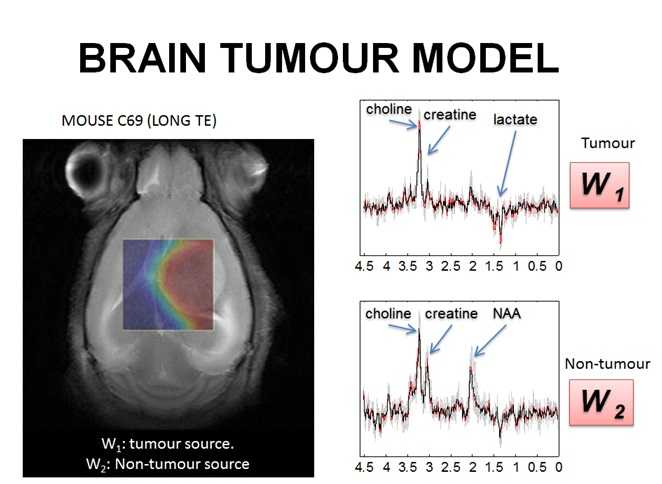

U25. NMR: Biomedical Applications I

Description
Services
Equipments
Active projects
Publications
News U25

Leadership changes and their new contribution to cutting-edge MRI research

Latest breakthroughs in pulmonary drug delivery and cancer research at NANBIOSIS
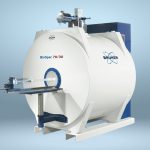
Last seat: Our Training in Spectroscopy and MRI for animal testing applications is still open.
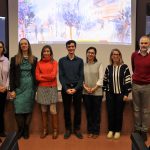
Nanoparticles to modulate topography and ligand distribution at the nanoscale: impact on cell behavior
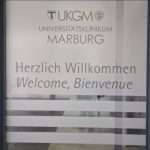
Philipps-Universität Marburg (Germany) -NANBIOSIS U25 collaboration on the study of tumour microenvironment (TME) changes in Glioblastoma
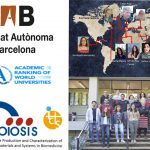
Two NANBIOSIS Units of CIBER-BBN at UAB, one of the 300 best universities in the world, according the Shanghai Ranking
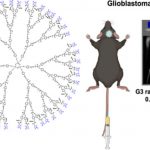
Metal-free contrast agents: novel approaches

Improving quality of MR spectra from mouse brain. MRSI-detected pattern in glioblastoma patients
